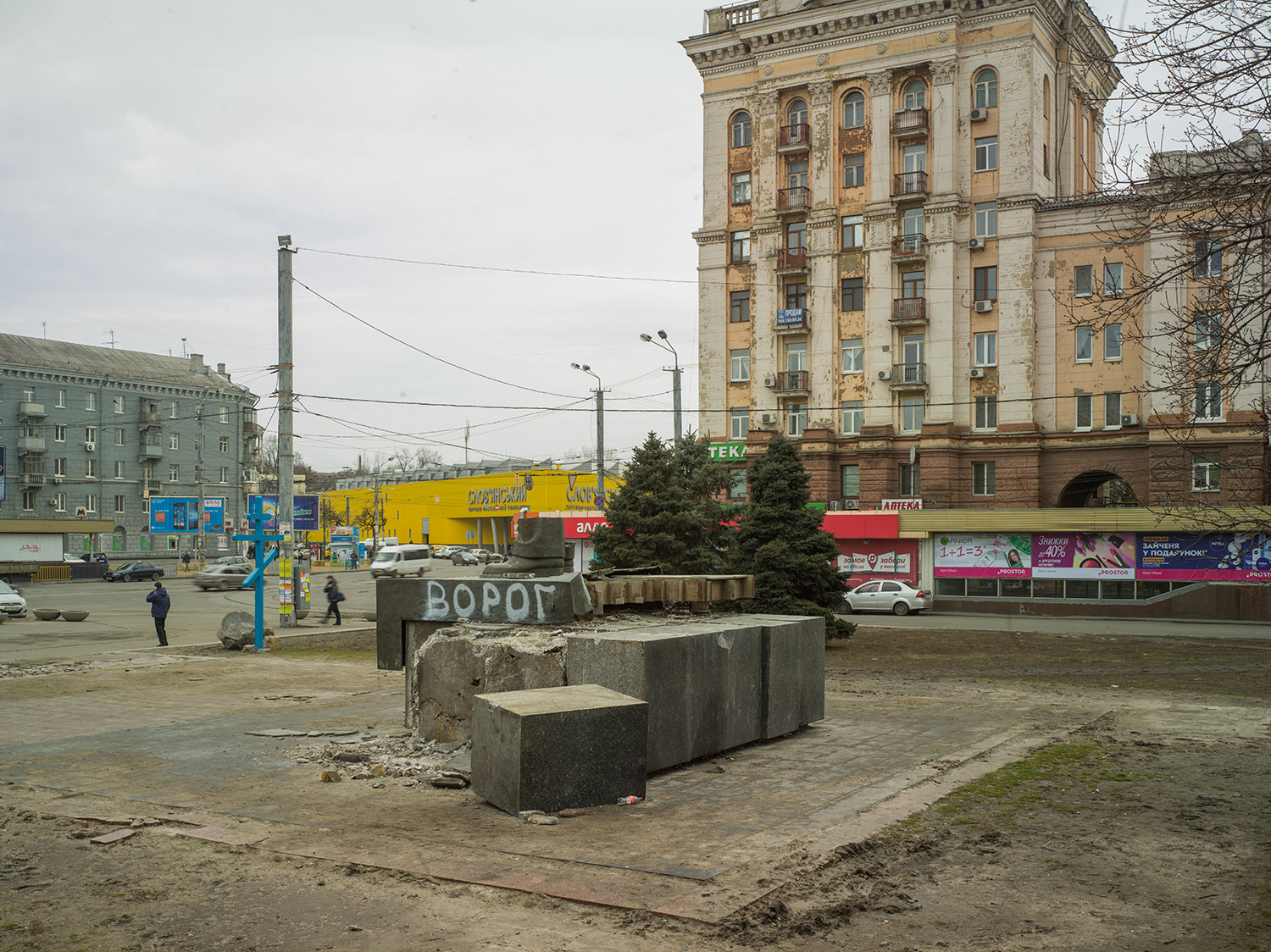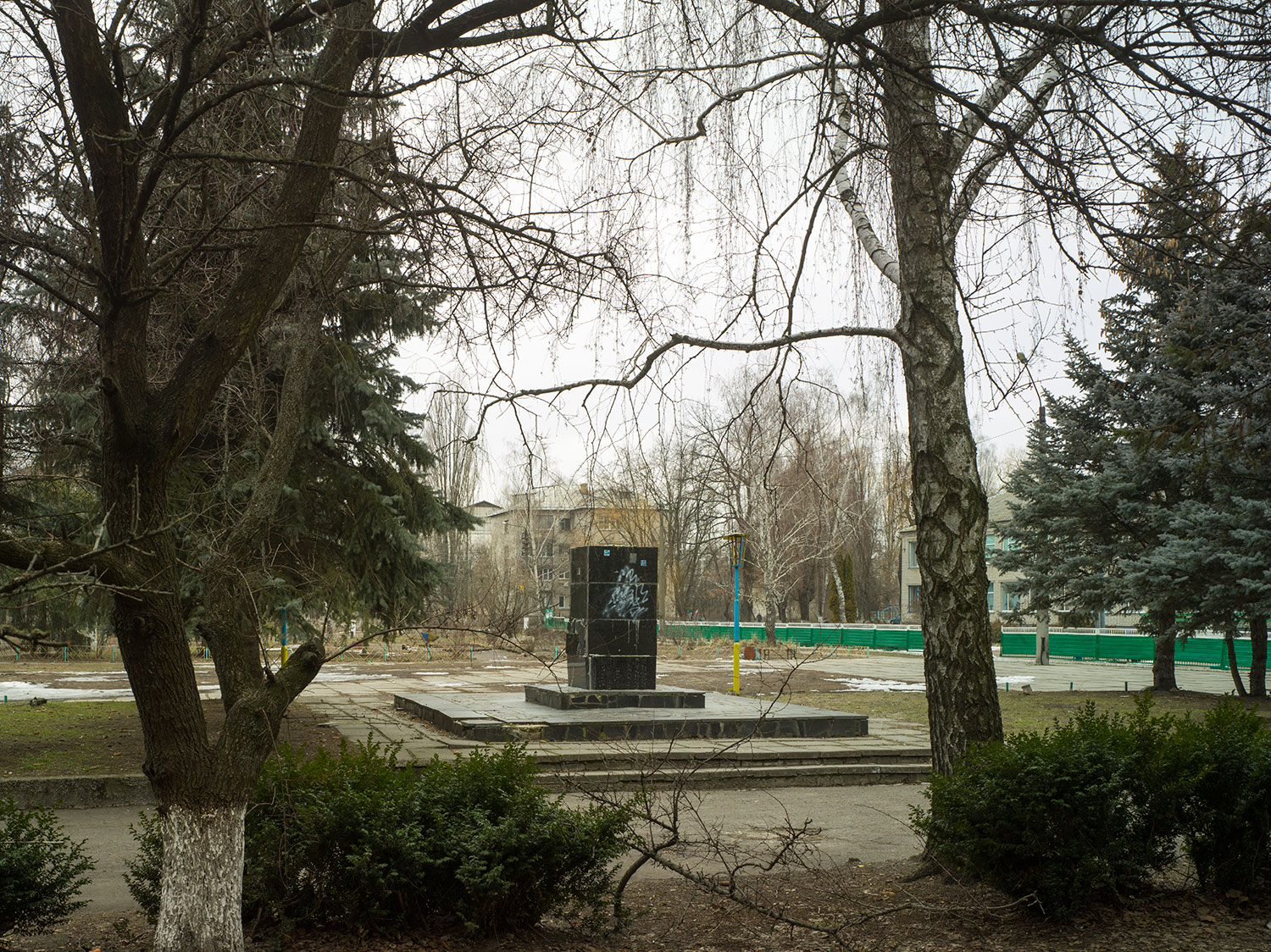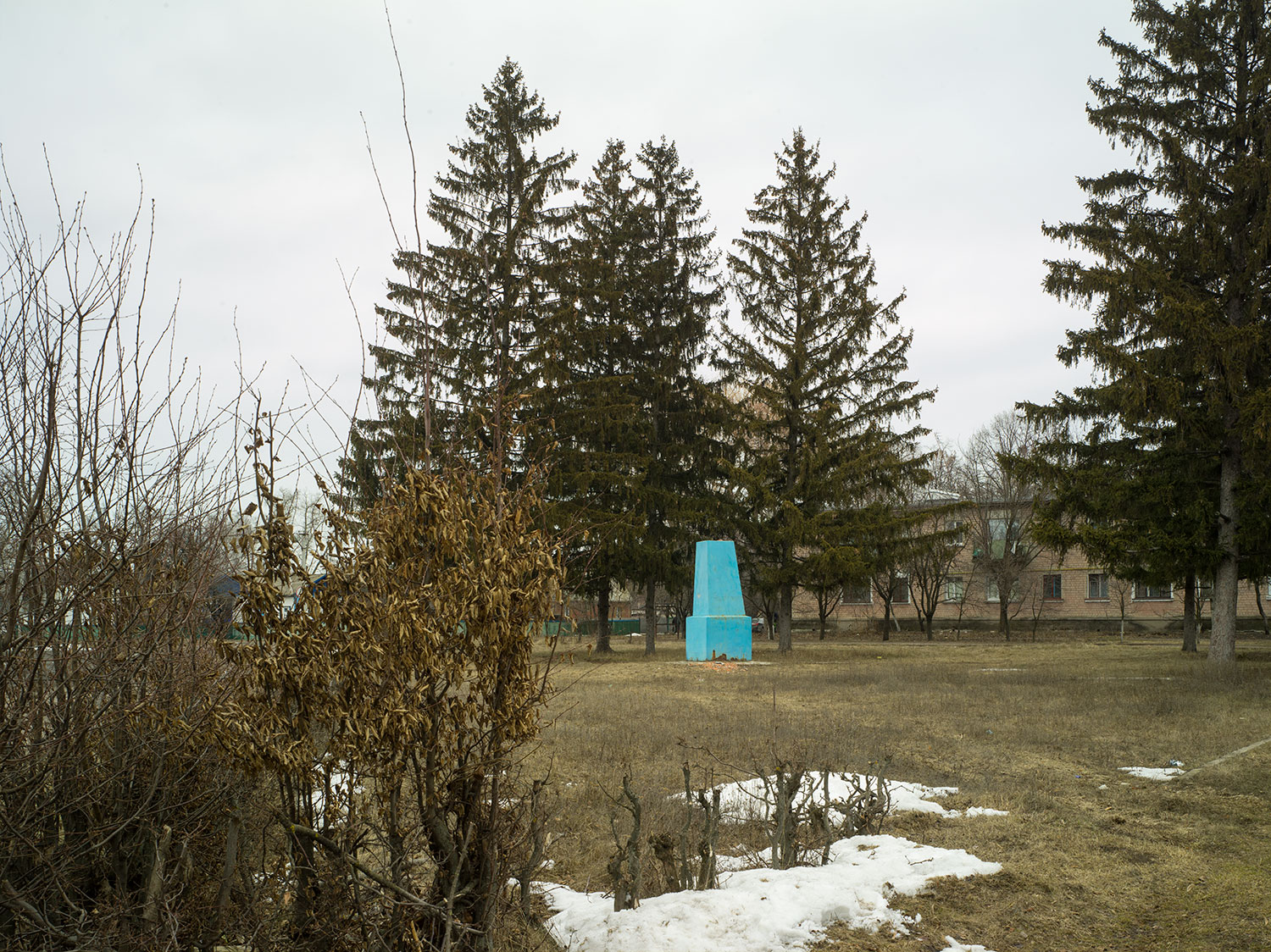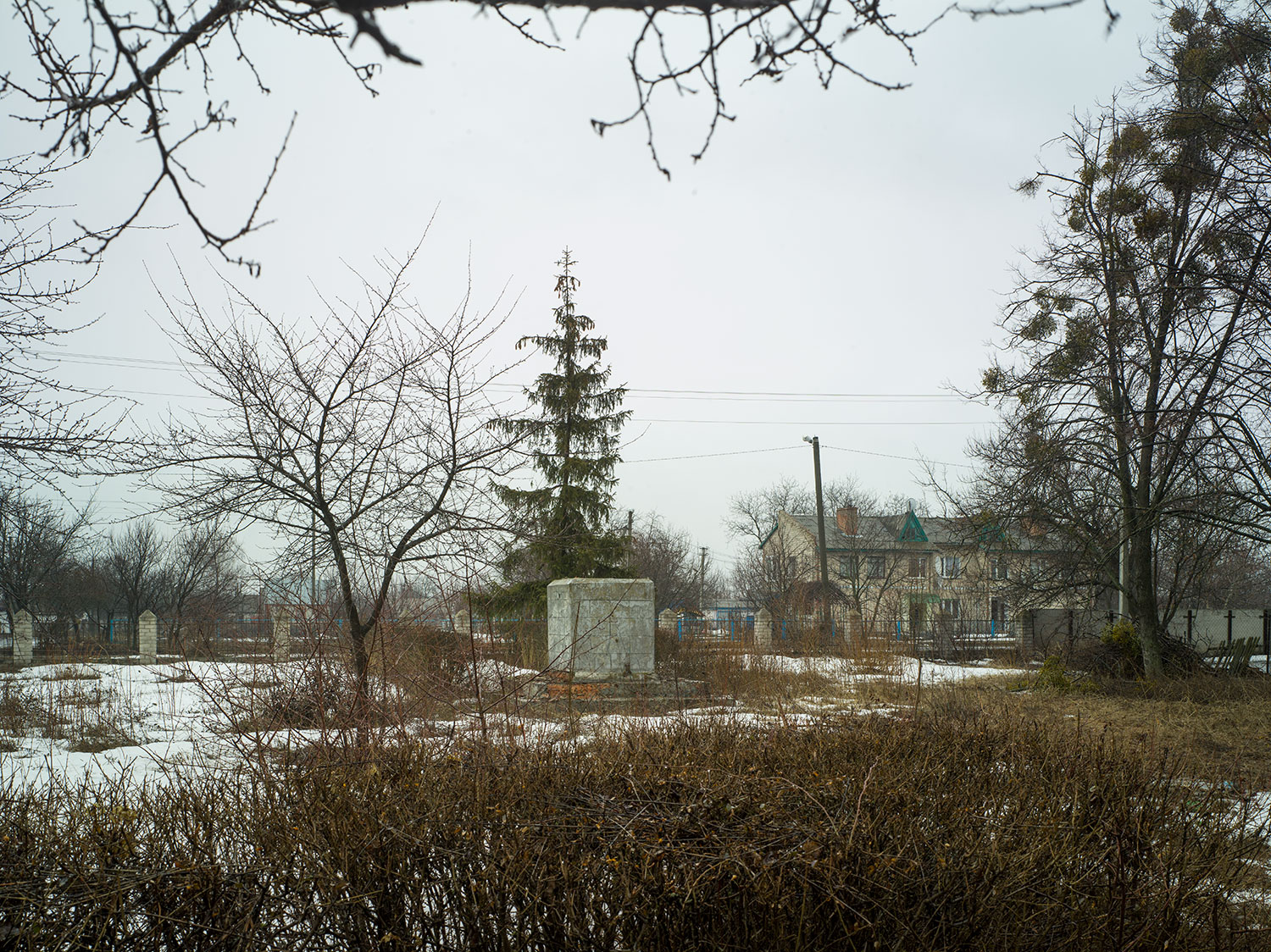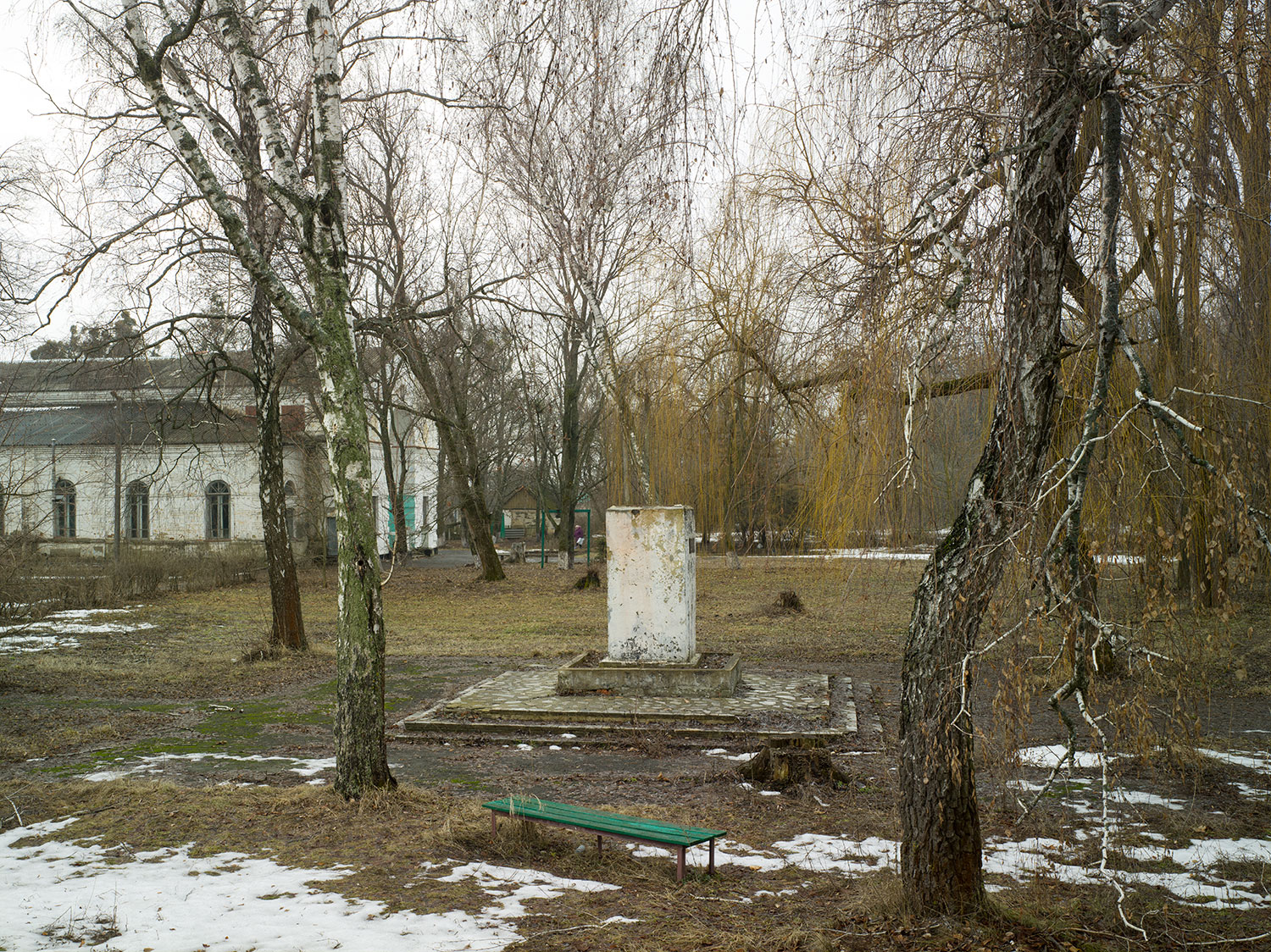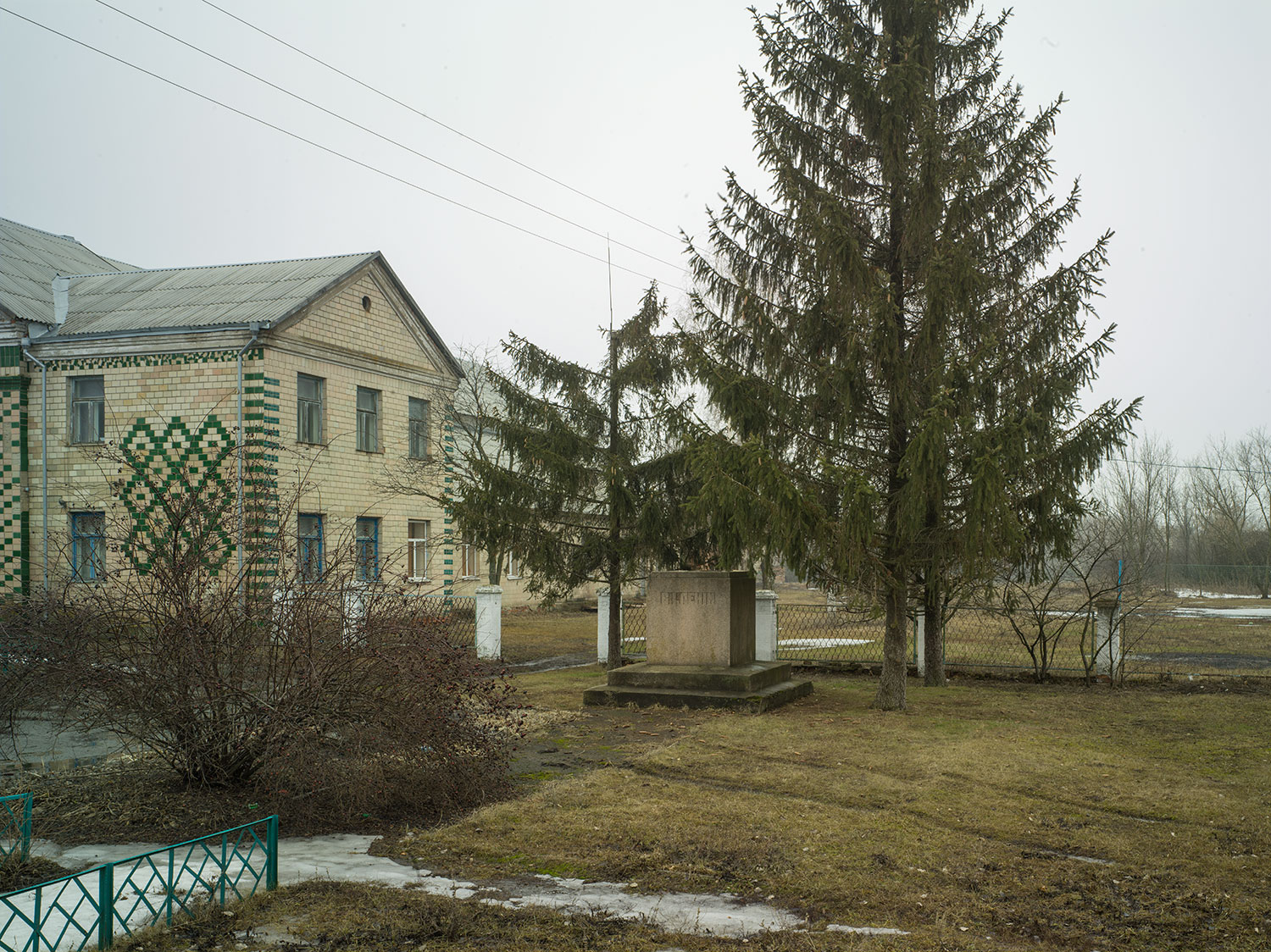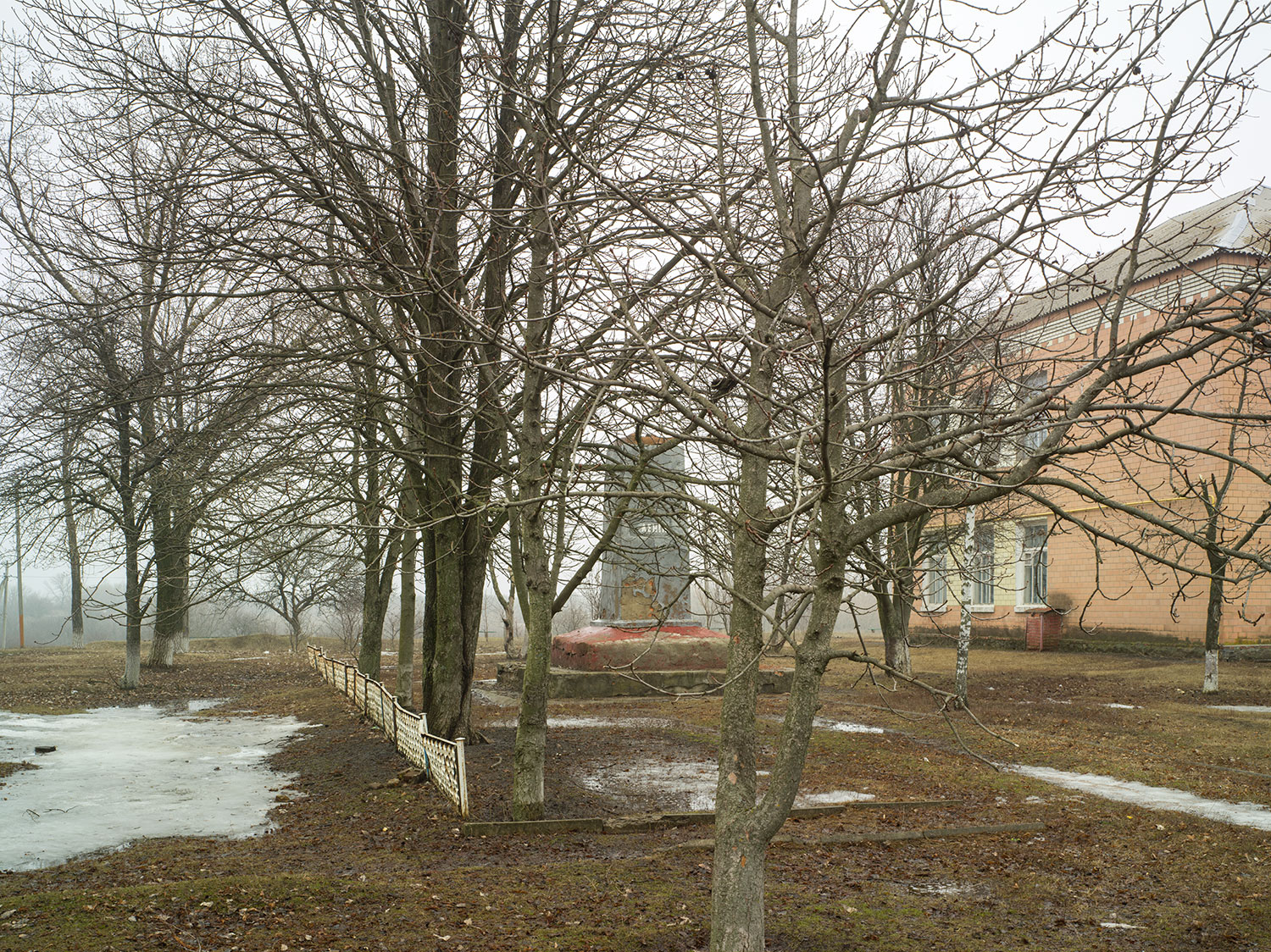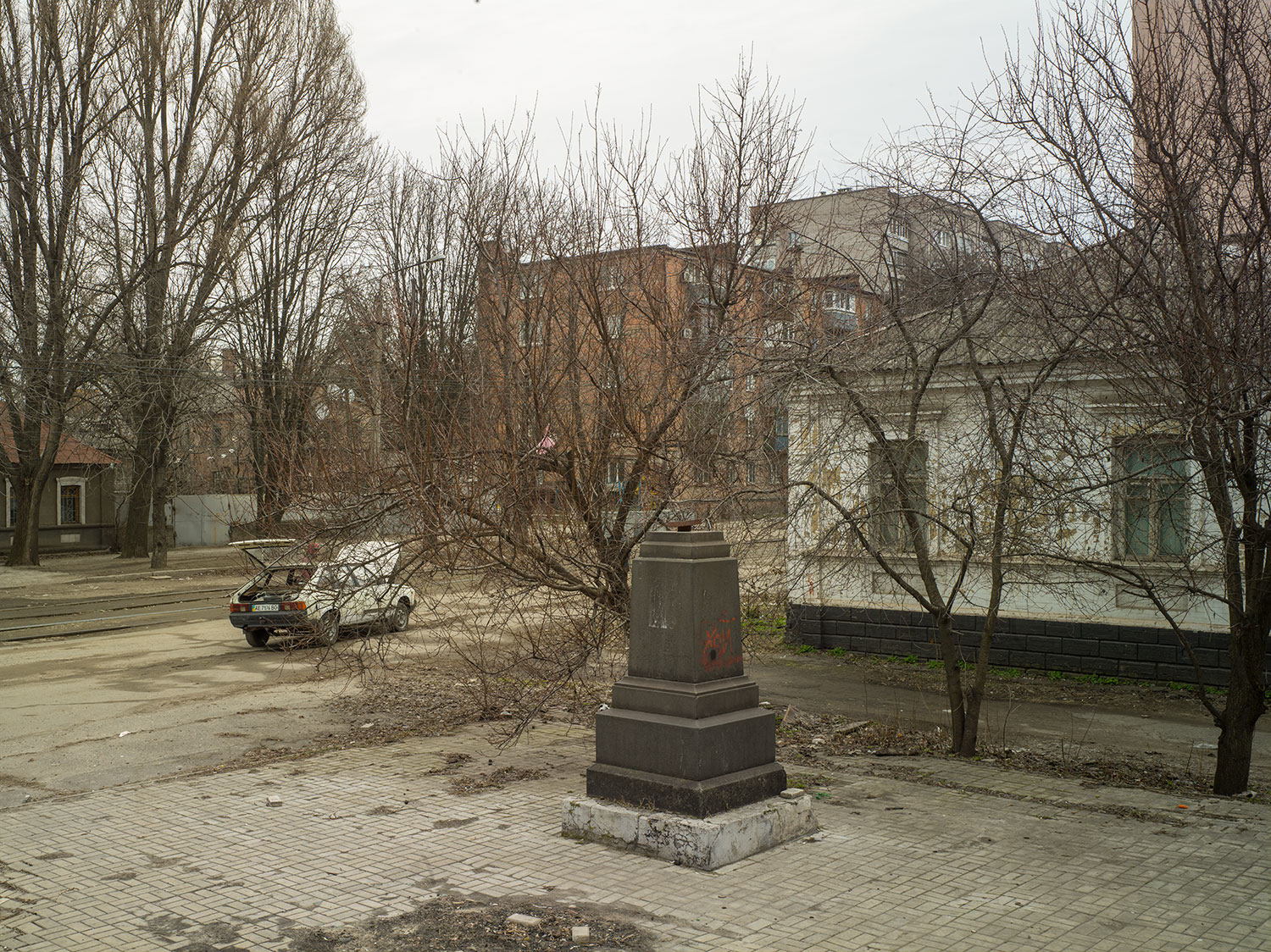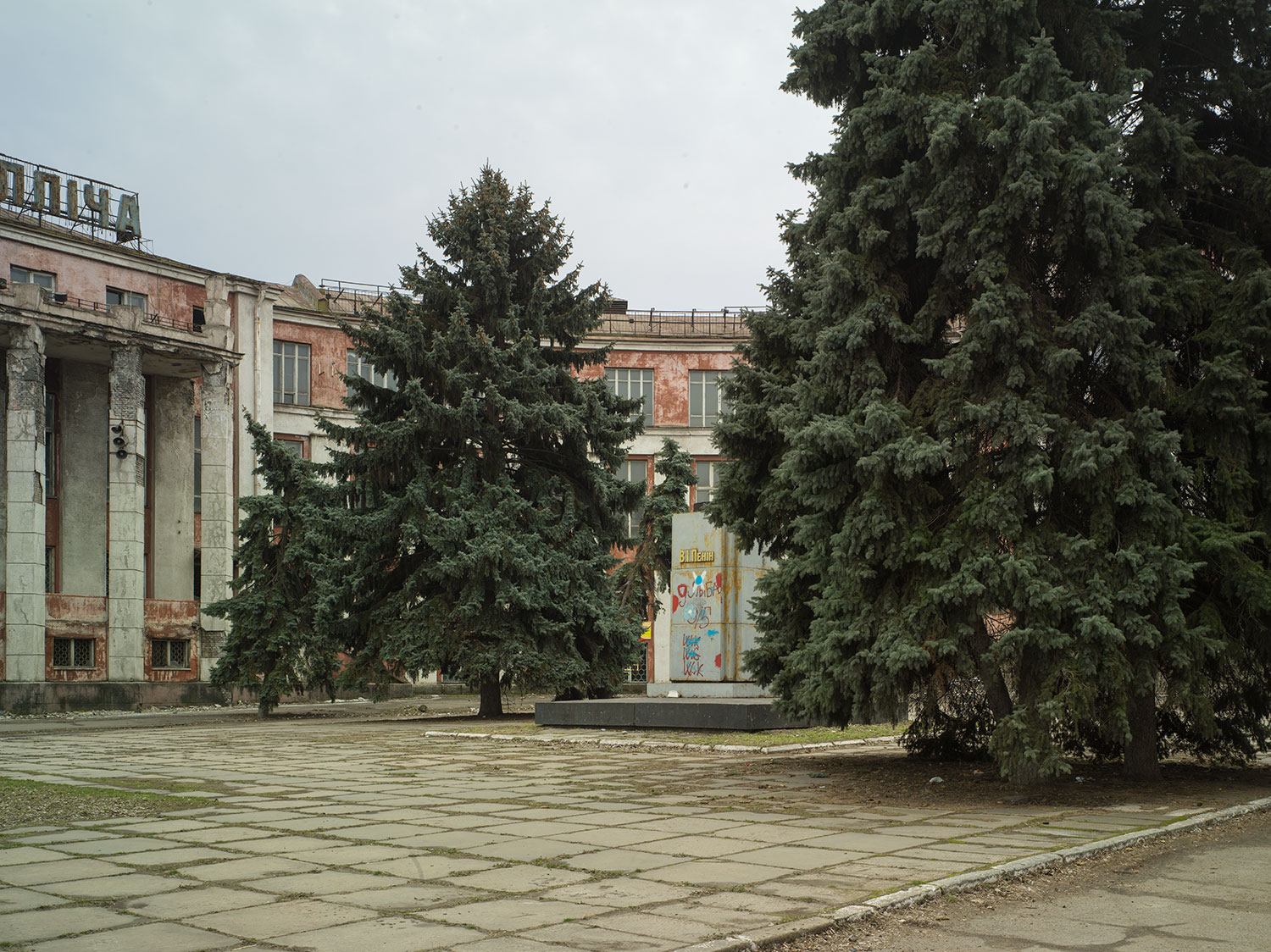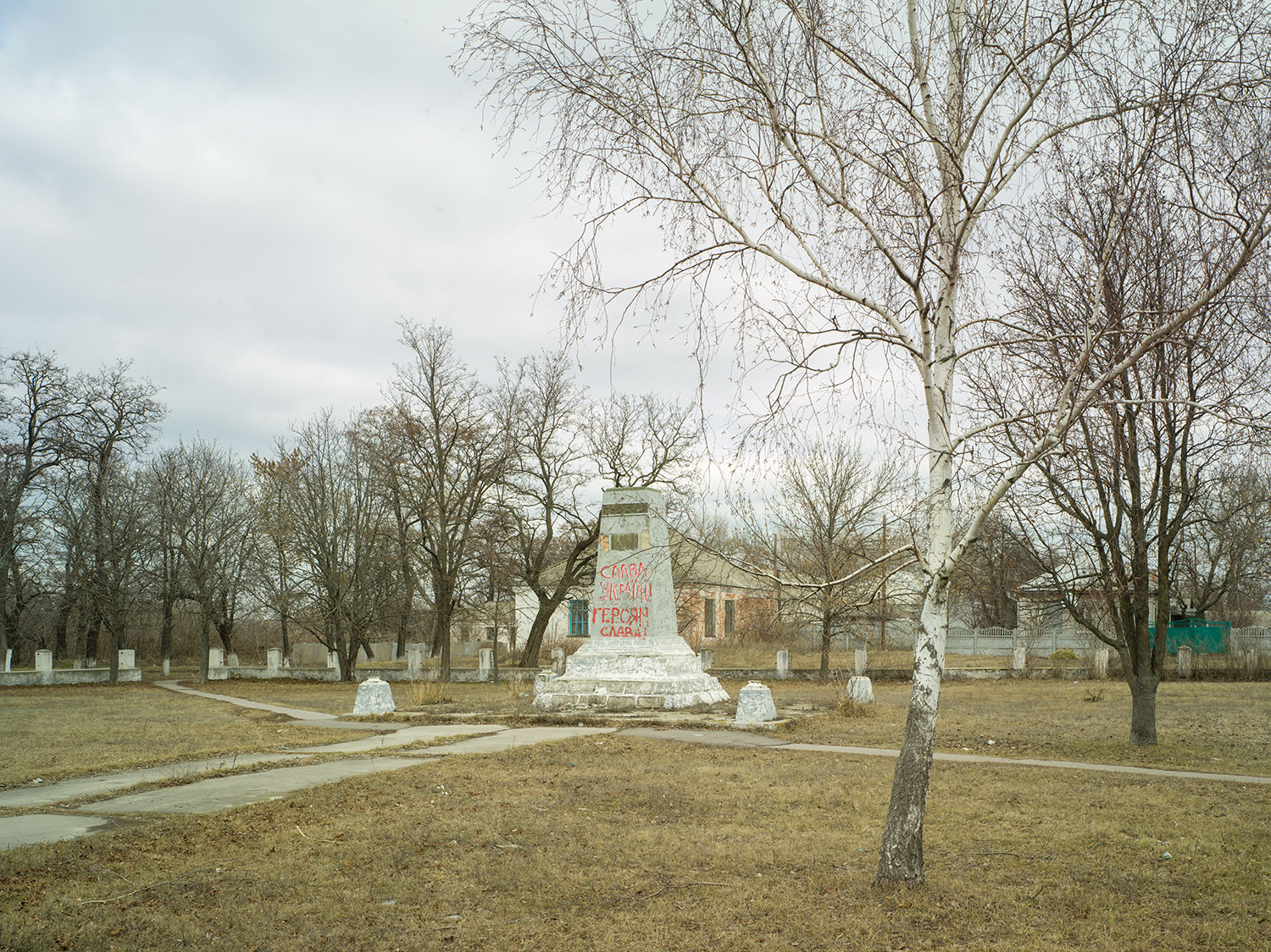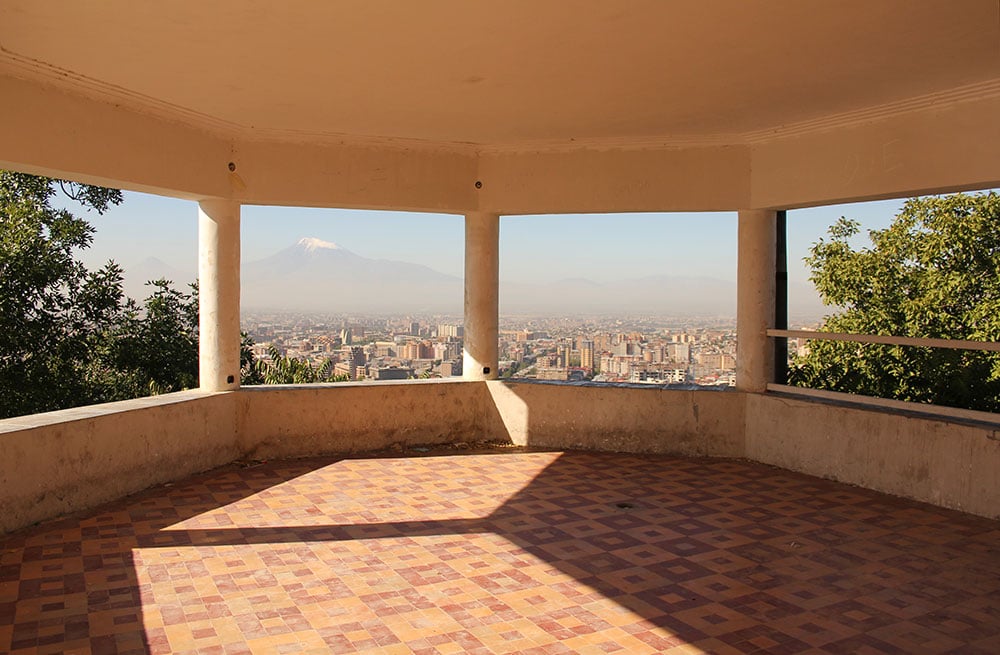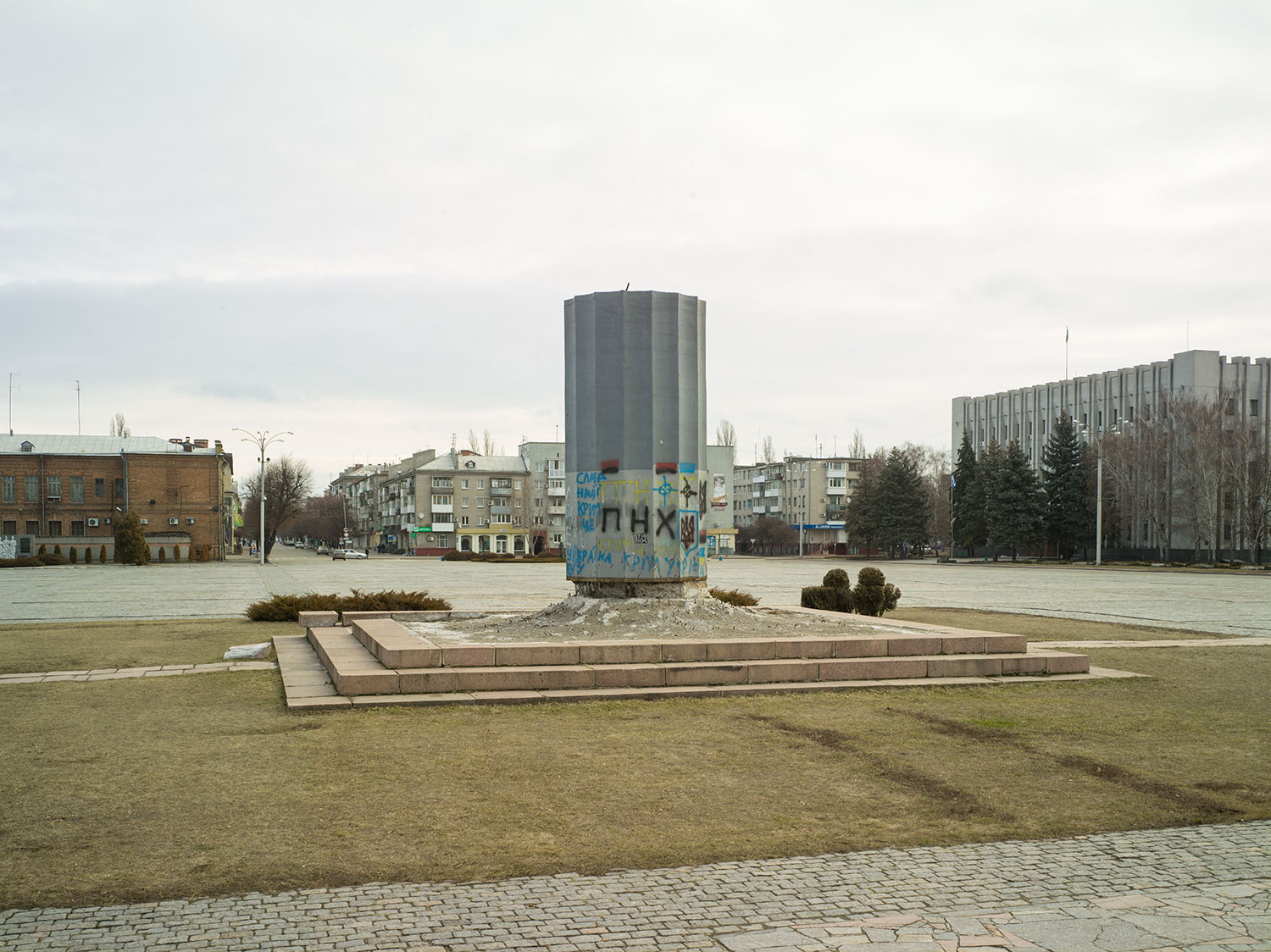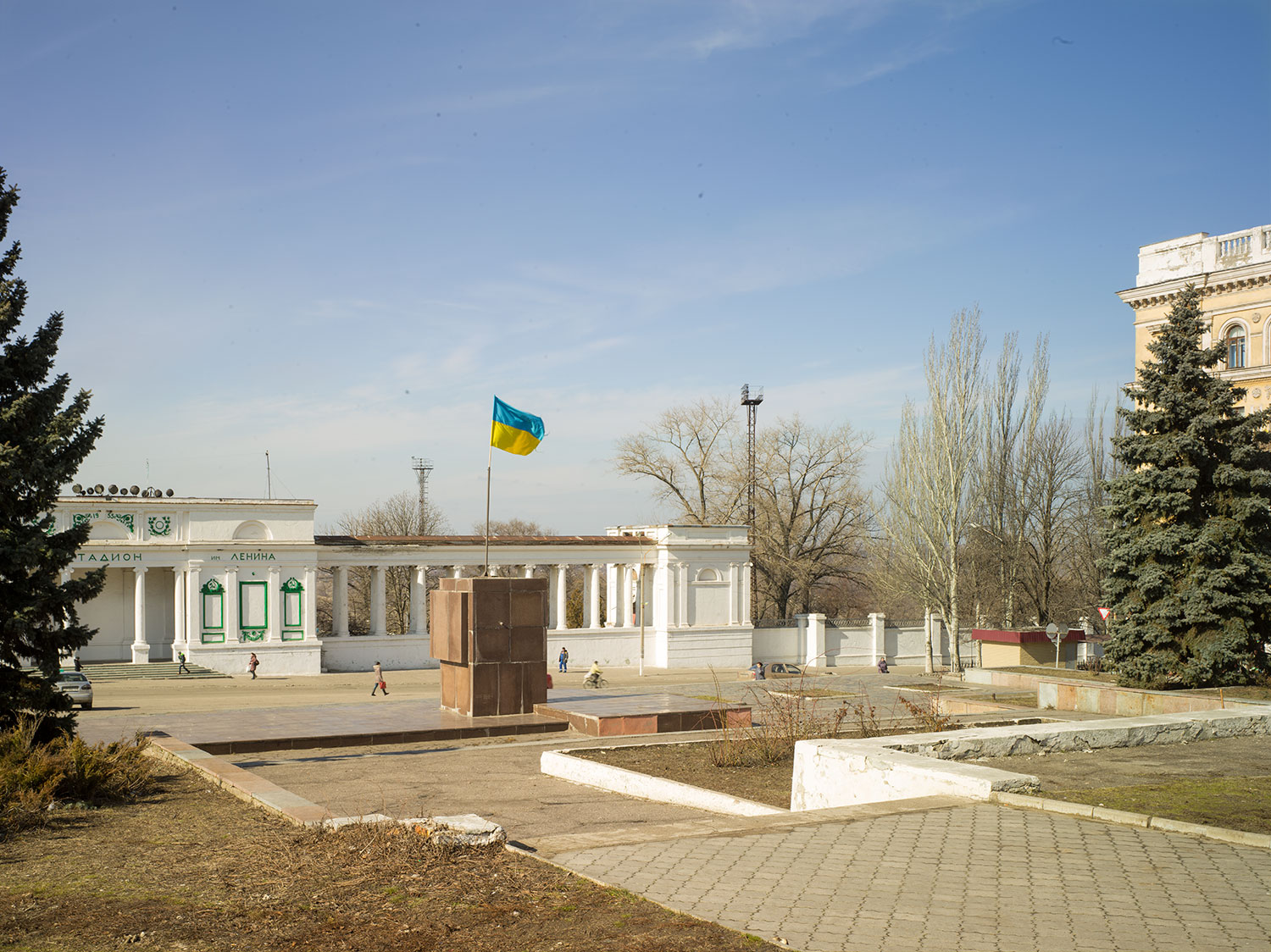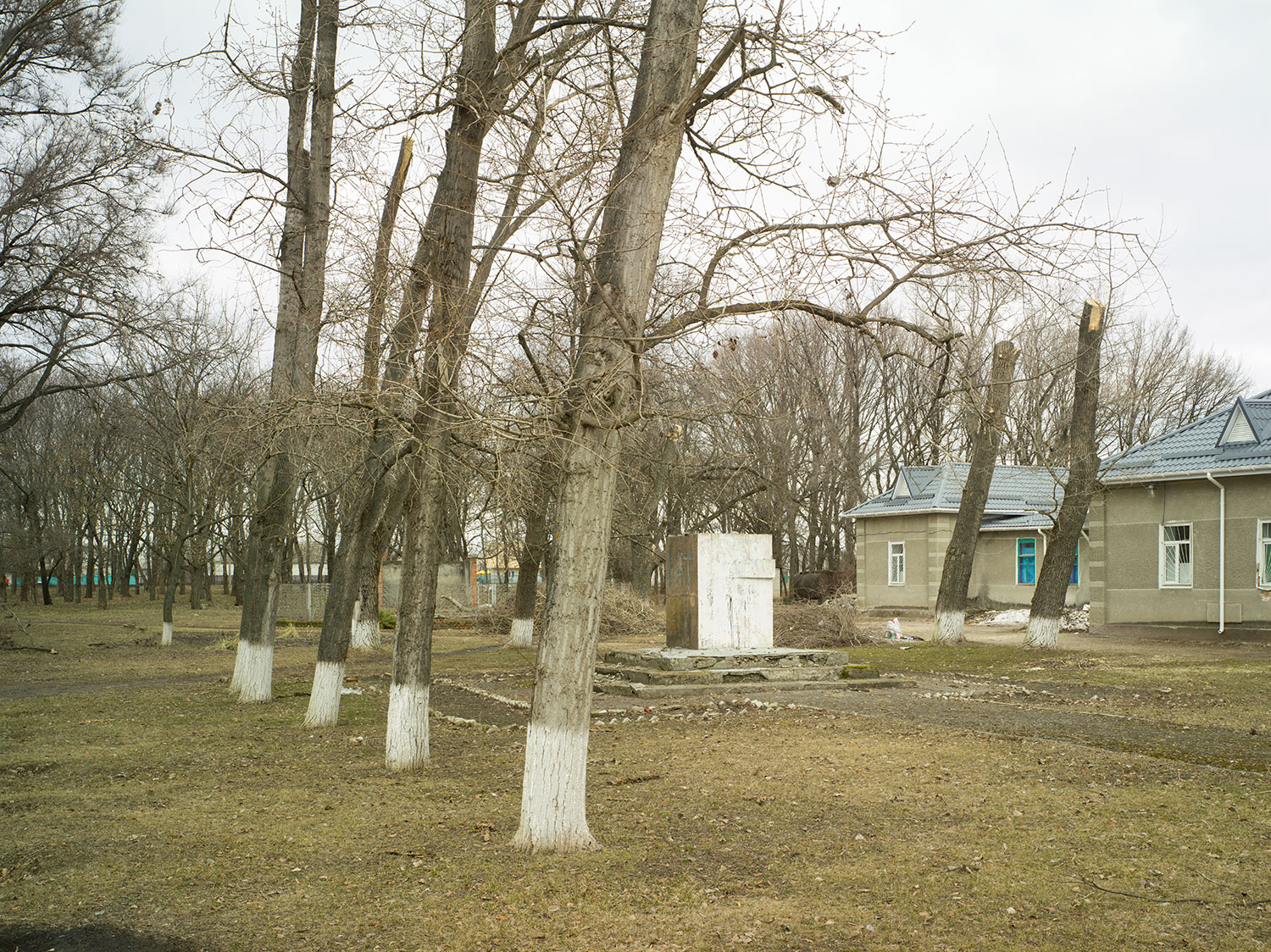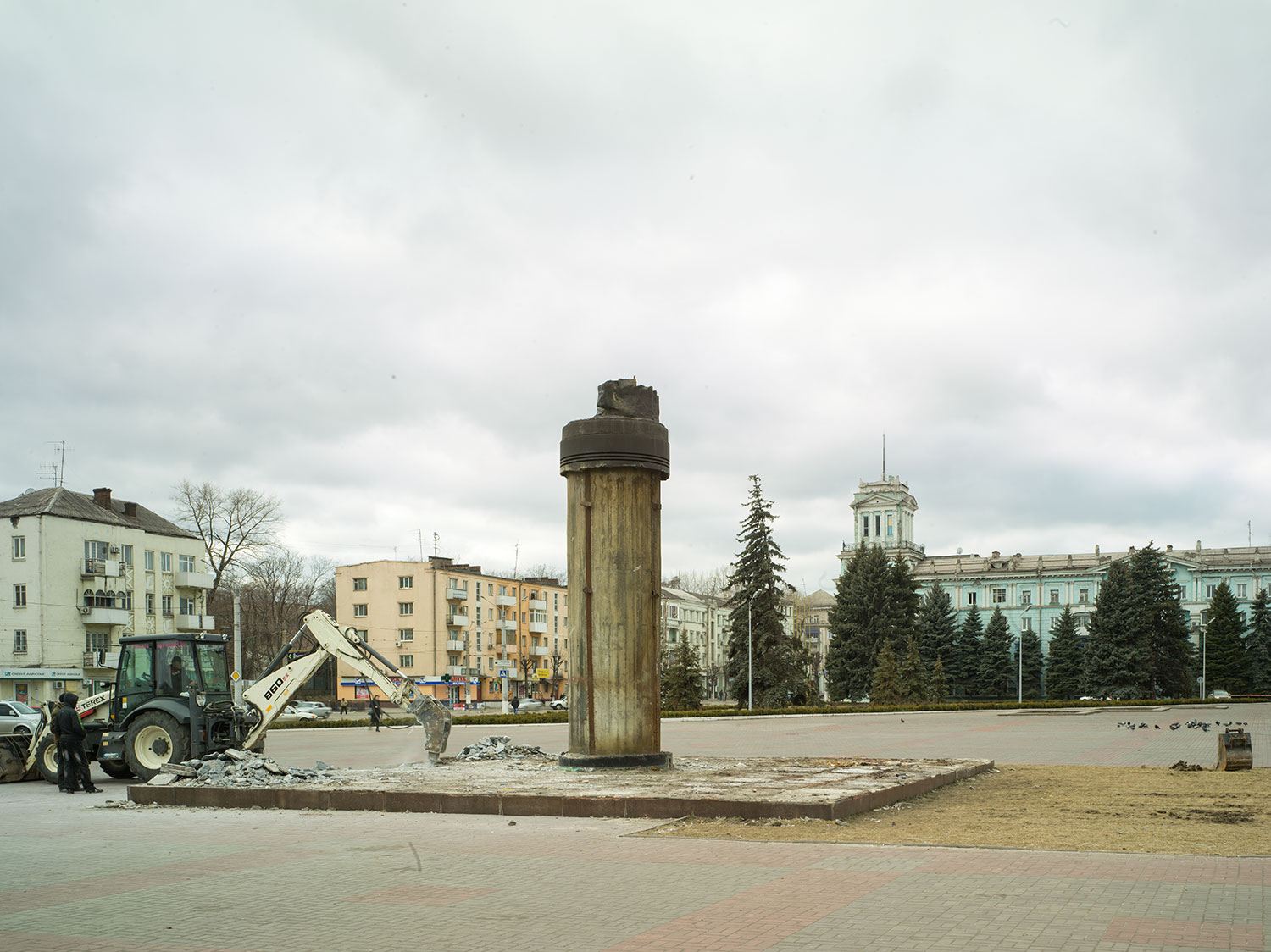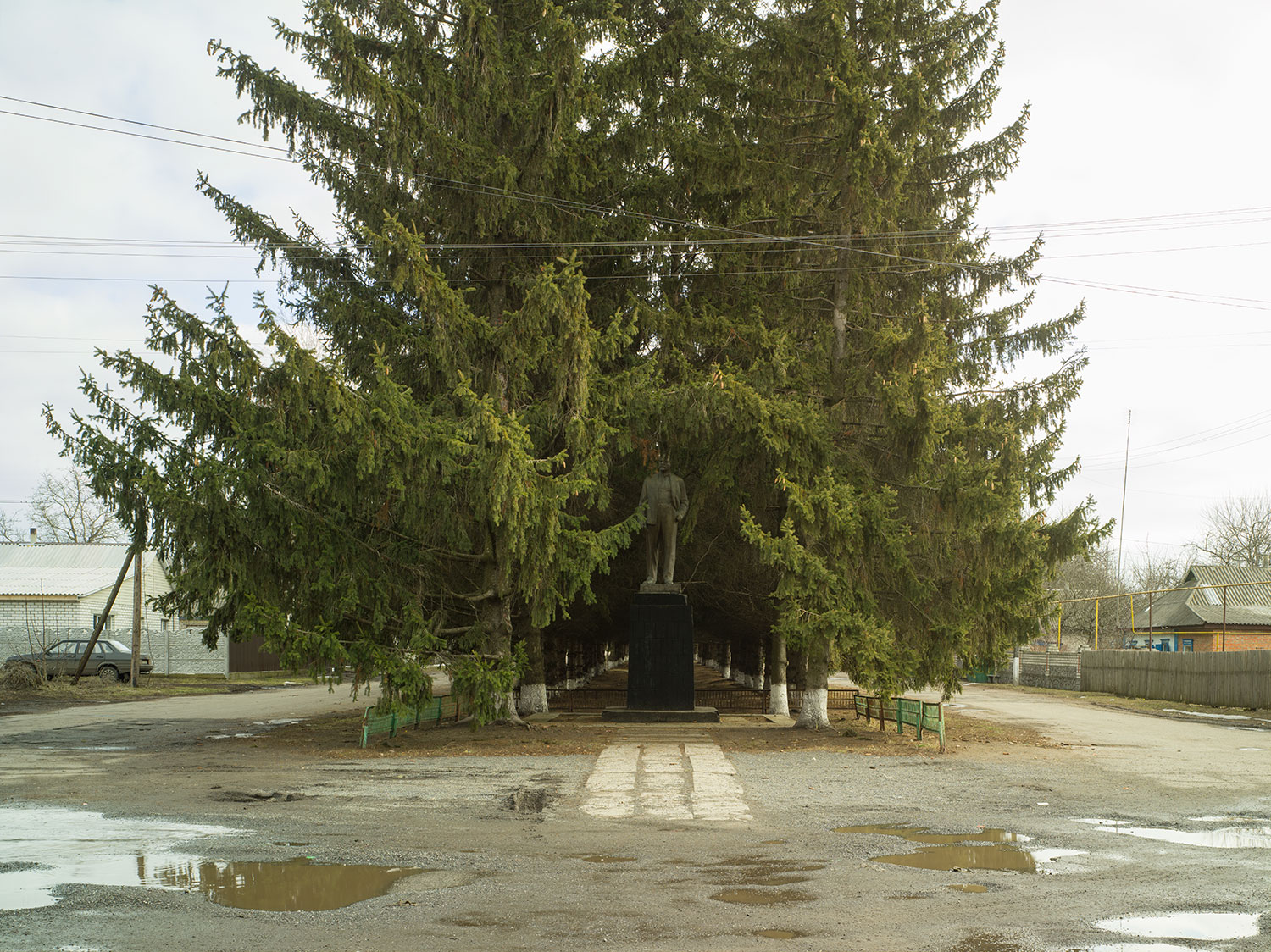The mighty have fallen: toppling statues in the name of decommunisation
Photographer Donald Weber has devoted years to capturing the dynamics of power in Ukraine and Russia. Here he photographs and writes about Ukraine's recent policy of decommunisation and what it means for the country today
Photographer Donald Weber has devoted years to capturing the dynamics of power in Ukraine and Russia. Here Weber turns his lens and his pen on the irony of Ukraine’s decommunisation policy.
I lived and worked in Ukraine for a number of years, my first visit being during the Orange Revolution of 2004. I produced three books from Ukraine over that period, including a seven-year work called Interrogations, about the acquisition of power in a post-Soviet state. Issues of corruption, political identity and historic monumentality have all been important in my work. I was in Kiev during the Maidan protests and witnessed first hand the disintegration of civil society and the rise of nationalism on both sides. I am also a former architect, and issues surrounding the political representation of space and the politics involved in the dynamics of urbanism have been a constant fascination. So there is a natural inclination for me to want to tell this story.
When I first read about the Ukrainian government’s decision to pursue “decommunisation”, it sounded like something from an absurdist 1930s Soviet author. Do they really believe removing vacant symbols of power will cure anything? Is this some kind of subversive performance art piece perpetrated by some hidden artists in the back of Kievan alleyways? But no, it was real. I found the irony fascinating. The podium just becomes a symbol of what will never change; you may change the clothing, the outward projection of who you are, but the pedestal is the real symbol of our need to propagandise.
The decommunisation plan by the Ukrainian authorities is a traditional tactic. When Khrushchev denounced Stalin, he followed through by knocking his predecessor off his pedestal (literally)
Setting out to document the “Lenin-fall”, it became clear within days that my map was unnecessary and that the best way to travel was to drive the countryside at random and see what we could find. Eventually, we became experts. Stay off the main roads; travel from village to village; look for the main street, which was always easy to find. Most villages, towns and cities are laid out according to very similar patterns of Soviet planning. First step, look for the Palace of Culture, which is usually by the main square of the town. There is a 50/50 chance Lenin will be greeting you. Or, more likely, no Lenin at all. In fact, with an empty podium and looking at the arrangement of the square or the palace, you could tell which way Lenin had been looking and pointing. Urban planning deduced through gesture. A row of fat pines trees usually spelled out Lenin’s location. He was always surrounded by some kind of small forest, a special garden of privilege popping up amidst the flat, agricultural landscape of Ukraine.
It is crucial to realise that the restaging of history represented by the Ukrainian government’s decommunisation project is nothing new. Before the Russian Revolution, the tsars decorated villages, towns, cities and fields with ornate and outsized monuments to the glories of Imperial Russia, past and future. Statues, obelisks and other monumental constructions anchored every square. The Bolshevik victors tore these down.
After 1917, the Bolsheviks stated that monumental propaganda was, of course, a matter of great importance — Lenin himself had emphasised it was so, and initiated his Monumental Propaganda “plan”, consisting of two main projects: the decoration of buildings and other surfaces with revolutionary slogans and memorial relief plaques; and the erection of monuments honouring revolutionary leaders. For decades, Soviet Monumental Propaganda was a success. Lenin, Marx, Engels, Stalin, Kirov, Dzerzhinsky and other heroes were all cast in plaster and metal, standing high atop pedestals in town squares, the centres around which everything revolved. As long as Lenin or Stalin stood in their central axis, they served as an absolute reference point both in the literal, topographical sense as well as a metaphysical one. It was not uncommon until a few years ago to ask a local resident in Ukraine how to get to some place, and be told: go straight on until you reach the monument, then turn right. Or left. Or go straight on.
The decommunisation plan by the Ukrainian authorities is a traditional tactic. When Khrushchev denounced Stalin, he followed through by knocking his predecessor off his pedestal (literally). Where Marx, Engels, Lenin and Stalin once hung on a pediment or building façade, or in classrooms, homes and offices, only Marx and Lenin would be left. Engels was removed for the sake of symmetry. In 1991, it was proposed that Lenin be removed from his mausoleum on Red Square and that the tsar’s family be buried with full honours. There was no more Leningrad; it was now St Petersburg. As Mayakovsky once wrote: “Whoever does not sing with us today is against us.”
Across Ukraine today, Soviet monuments are rapidly disappearing. Empty pedestals sit with an inscription someone has attempted to erase, but not completely: V. I. LENIN. How do these empty granite cubes affect people’s imaginations? Do they feel strongly that there ought to be someone standing there? And if no one is standing on top, then how do these absences affect the references of the citizenry, the topographical and metaphysical sense of place, of belonging to something?
People erect monuments; later generations say that they were fools and then act the same
A common belief of every new generation is that they are inherently different and will never be like their ancestors. But that is not the way things seem to work out. The present generations are no better or worse than others; their beliefs, mistakes and behaviour depend on the historical and personal circumstances in which they grow up. People erect monuments; later generations say that they were fools and then act the same. History hates empty pedestals.
Text and images: Donald Weber
